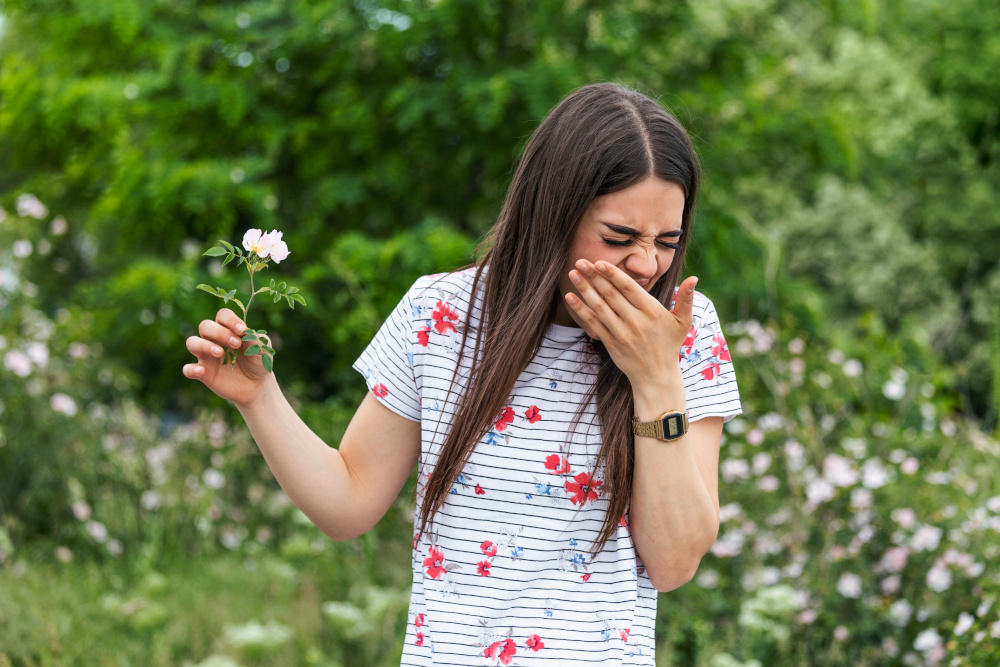Spring is officially here, and that means no more cold and dry weather! There are so many exciting things that a change in season provides. Warmer weather, flowers and trees blooming; but the beauty of the spring also carries nightmarish allergens. Texas experiences spring allergies beginning in March. With the right preparation and our guidance, this spring’s allergy season will be a breeze.
Common Texas Spring Allergies
It’s like nature’s alarm clock, but instead of waking up to chirping birds, we’re greeted by a flurry of pollen. Trees take center stage in this pollen extravaganza, with varieties like elm, ash, oak, and cottonwood releasing pollen into the air. Picture it: billions of tiny grains floating around, casting a golden hue over everything from cars to sidewalks.

But trees are not the only ones in the spotlight; grasses and weeds join the pollen party, too, adding to the allergen overload. And let’s not forget about mold lurking in the shadows and thriving in spring’s warmer, damper conditions. As temperatures rise, so do mold levels, adding another layer of sneeze-inducing irritants.
For those of us with furry friends at home, spring brings its own set of challenges. As the weather warms up, our beloved dogs and cats seem to shed their winter coats with gusto. This increase in shedding means more pet dander floating around, ready to trigger those pesky allergies.
Getting Tested for Allergies
To tackle allergies, it is essential to be proactive and schedule an appointment to get tested and create a personalized plan. This can include daily medications, nasal sprays, and allergies shots to build up your immune system. Contact us to schedule an allergy test today!
Planning Ahead
Check pollen levels daily and limit your time outdoors when they’re exceptionally high. When you venture outside, take precautions like changing your clothes and showering immediately upon returning indoors to prevent pollen from infiltrating your home. And while it might be tempting to let the fresh air in, keeping windows and doors closed can significantly reduce pollen exposure.
For outdoor enthusiasts, wearing sunglasses and even a face mask during activities like yard work can provide an extra layer of protection against airborne allergens and particles of pollution. And remember to keep your home allergy-friendly, too! Regularly changing air filters, using a HEPA filter vacuum cleaner, and washing bedding weekly can help minimize allergens indoors.
If you’re an avid gardener but want to keep your allergies at bay, consider planting low-pollen trees, shrubs, and plants in your yard. Crabapple trees, crepe myrtle, and azaleas can add beauty to your garden without triggering allergy symptoms.
By taking these proactive steps and adjusting your routine, you can enjoy all that spring offers without letting allergies hold you back. So, get out there and soak up the sunshine—happy spring!